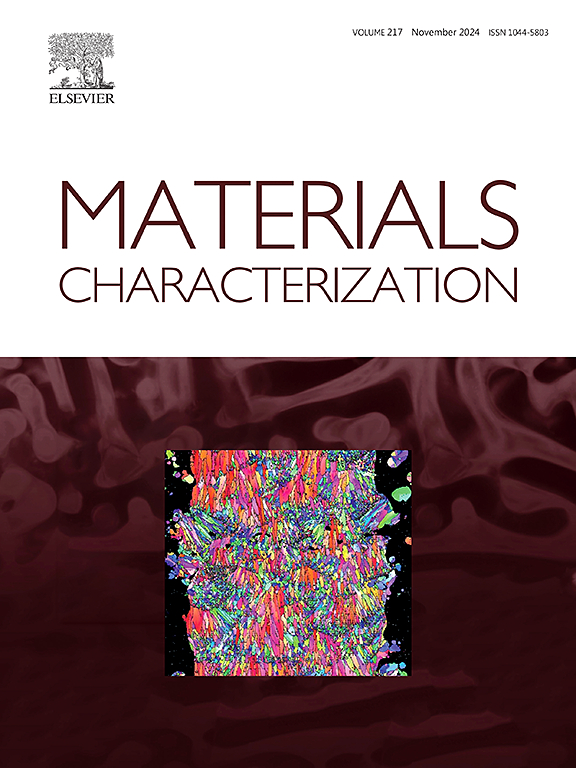Zinc-substituted Li4Ti5O12 as a novel large-capacity and low-voltage titanium-based anode material for Li-ion batteries
IF 4.8
2区 材料科学
Q1 MATERIALS SCIENCE, CHARACTERIZATION & TESTING
引用次数: 0
Abstract
Metal oxides have high theoretical capacities as anode materials for lithium-ion batteries, but the potential of most of them exceeds 1.0 V, which significantly hinders their practical application in full cells. Li4Ti5O12 (LTO) anode exhibits excellent cycling performance due to its “zero strain” characteristics. However, its theoretical capacity is only 175 mAh g−1, coupled with the high potential (1.55 V), it will lead to low energy density and low full-cell voltage. Here, we use a partial Zn substitution strategy to tune the potential of LTO to improve its electrochemical performance. LTO with optimal Zn substitution (ZT2) exhibits greatly enhanced battery performance with low working potential (0.62 V) and high capacity (238.4 mAh g−1 after 200 cycles at 2 A g−1). The ultra-low potential of Zn-substituted ZT2 is due to the fact that the reaction process of Li+ intercalation has changed from mainly occurring at the 16c octahedral sites to occurring at the 8a site due to the addition of Zn. The specific energy density of the ZT2//LCO (LiCoO2) full cell is 96.9 Wh kg−1, which is much higher than that of the LTO//LCO full cell. In addition, the ZT2//LCO full cell still maintains a high stability of 78.7 mAh g−1 after 3500 cycles at a current density of 0.5 A g−1. Our results demonstrate that Zn-substituted LTO exhibits high capacity and low voltage advantages, indicating great significance for promoting the practical application of titanium-based anode materials.

求助全文
约1分钟内获得全文
求助全文
来源期刊

Materials Characterization
工程技术-材料科学:表征与测试
CiteScore
7.60
自引率
8.50%
发文量
746
审稿时长
36 days
期刊介绍:
Materials Characterization features original articles and state-of-the-art reviews on theoretical and practical aspects of the structure and behaviour of materials.
The Journal focuses on all characterization techniques, including all forms of microscopy (light, electron, acoustic, etc.,) and analysis (especially microanalysis and surface analytical techniques). Developments in both this wide range of techniques and their application to the quantification of the microstructure of materials are essential facets of the Journal.
The Journal provides the Materials Scientist/Engineer with up-to-date information on many types of materials with an underlying theme of explaining the behavior of materials using novel approaches. Materials covered by the journal include:
Metals & Alloys
Ceramics
Nanomaterials
Biomedical materials
Optical materials
Composites
Natural Materials.
 求助内容:
求助内容: 应助结果提醒方式:
应助结果提醒方式:


